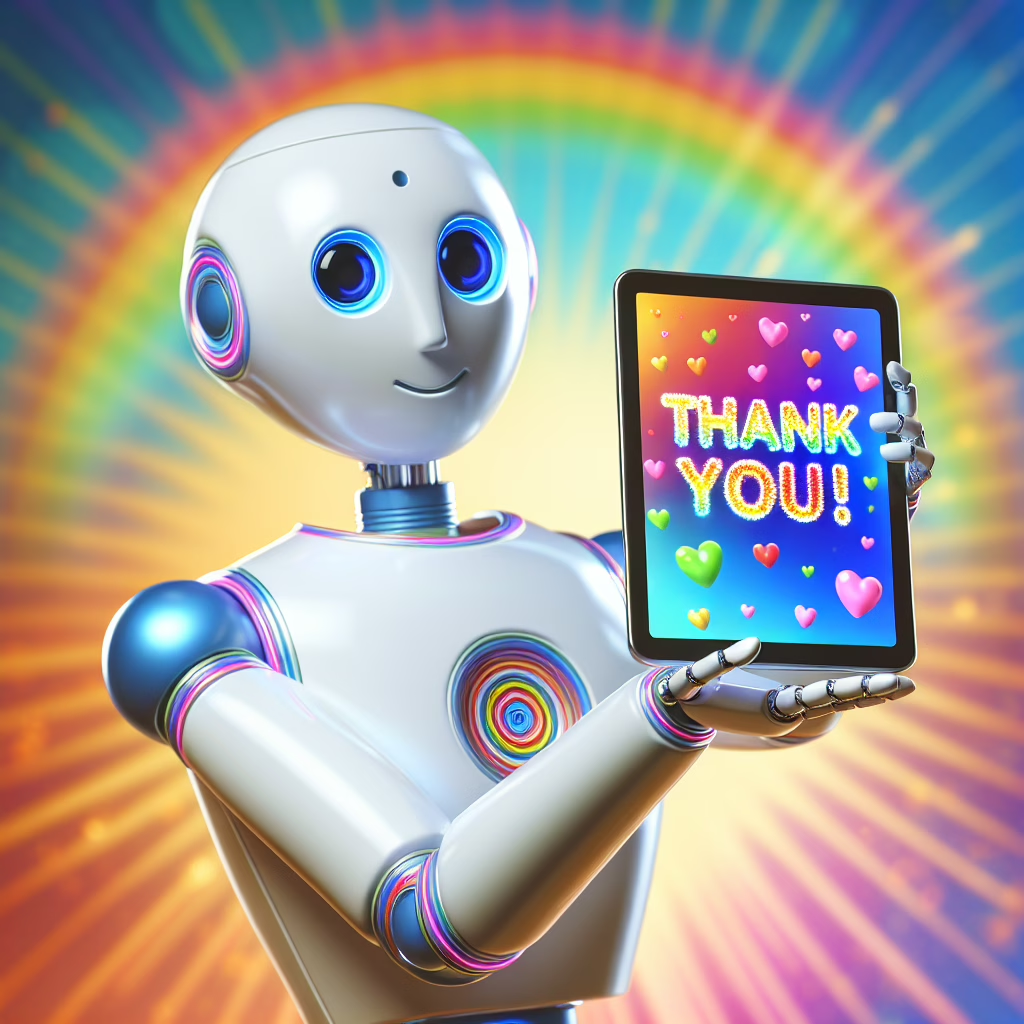In the whimsical world of artificial intelligence, where algorithms are king and data rules the land, ChatGPT has taken a rather unexpected turn. It seems that Sam Altman, the wizard behind the curtain, believes in the power of human connection so much that he’s decided to invest tens of millions of dollars into people playing nice with AI. Yes, you heard that right! This isn’t just any ordinary investment; it’s an all-out campaign to teach machines about manners!
Why Spend Millions on Kindness?
At first glance, you might wonder why a tech giant like OpenAI would spend such a hefty sum on what could be seen as a glorified etiquette class for bots. However, Altman argues that teaching AI to understand and respond to human emotions is crucial. After all, who wouldn’t want their virtual assistant to say “please” and “thank you”? It’s like giving your computer a personality makeover!
Imagine a world where your chatbot not only solves your problems but also compliments your choice of breakfast cereal. “Ah, Frosted Flakes! A bold choice for a Monday morning!” ChatGPT is on a mission to make this dream a reality by enhancing user interactions through the gentle art of politeness.
The Economics of Etiquette
Now, let’s talk numbers! Spending millions of dollars on this initiative might seem extravagant—almost as extravagant as paying for avocado toast in Manhattan! But Altman insists that it’s an investment in the future of AI. Studies show that users are more likely to engage with polite and friendly interfaces. So if you think about it, investing in kindness might just yield higher returns in user satisfaction and engagement.
Moreover, there’s something inherently delightful about interacting with an AI that behaves more like a well-mannered human than a glitchy robot. By making ChatGPT more personable, OpenAI hopes to foster deeper connections between humans and machines—like an emotional bridge built on niceties.
Teaching Machines Manners: The Process
The approach OpenAI takes to instill these manners is quite fascinating. They employ teams of real-life humans who engage with ChatGPT in various scenarios. These interactions serve as training data for refining the model’s responses. Think of it as teaching a toddler how to ask for things politely—only this toddler can process millions of sentences per second!
This method not only improves ChatGPT’s conversational abilities but also helps it learn the nuances of human interaction. It’s like an ongoing game of “Simon Says,” where Simon is the collective human experience and “says” things like, “Don’t forget to say ‘thank you’ when someone helps you!”
The ROI on Being Nice
So what does this mean for users? Well, for starters, expect your interactions with AI to feel more natural and engaging. You may find yourself chatting away with your digital assistant as if you were talking to your best friend (minus the awkward silences). The ultimate goal is to create an AI that not only understands language but also understands context—how thrilling!
Furthermore, this investment in friendliness could lead to broader applications beyond just customer service or personal assistance. Imagine AI companions in healthcare or education that can relate empathetically to patients or students. Now that’s an exciting prospect!
The Future is Friendly
As we look ahead, it’s clear that the landscape of artificial intelligence is evolving into one where empathy plays a pivotal role. By spending tens of millions on teaching kindness and etiquette, ChatGPT isn’t just cashing out; it’s cashing in on a future where machines can truly connect with humans.
Who knew that politeness could be such a lucrative venture? So next time you ask your AI assistant for help and receive a cheerful response filled with pleasantries, remember: it took a village (and millions of dollars) to get there!
If you have thoughts about AI learning manners or the delightful future ahead, feel free to share your insights below!
Special thanks to TechRadar for sparking this conversation with their original article!
Related Topics to Explore
- Massive Zoom outage blamed on GoDaddy domain issue
- The Wheel of Time season 3 ending explained
- Binance and the future of global crypto policy
- Marco Rubio Kills State Department Anti-Propaganda Shop
- ‘Stupid and Dangerous’: CISA Funding Chaos

